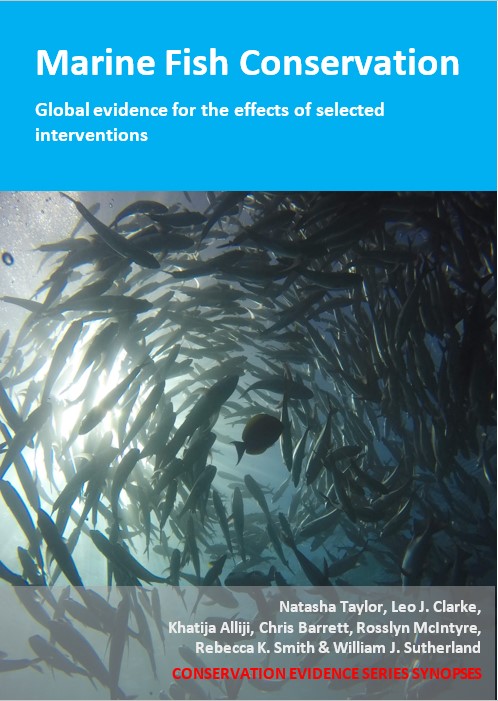Use technology to communicate near real-time catch information to fishers to enable avoidance of unwanted catchicate near real-time catch information to fishers to enable avoidance of unwanted catch
-
Overall effectiveness category Awaiting assessment
-
Number of studies: 1
View assessment score
Hide assessment score
How is the evidence assessed?
-
Effectiveness
not assessed -
Certainty
not assessed -
Harms
not assessed
Study locations
Supporting evidence from individual studies
A review in 2013 of three areas (bottom and midwater) in the North Pacific and North Atlantic Oceans (O'Keefe et al. 2014) reported that programmes that used technology to provide near real-time catch information to fishers resulted in reduced unwanted catch or discards in two of three cases compared to no use of real-time technology. For fish, fleet communication programmes were evaluated as having reduced unwanted catch in two of three cases: of shads Alosinae in the USA Northwest Atlantic herring Clupea harengus and mackerel Scomber scombrus trawl fisheries; of halibut (up to 30%) in the Alaska pelagic longline fishery; but not of mixed species in the yellowfin sole Limanda aspera fishery in USA northwest Pacific region (data not reported, see paper for references to original studies). In addition, in all three cases it was assessed that there were no or minimal negative effects of fleet communication of catches on the catch of non- and commercially targeted species and no or minimal spatial or temporal displacement of unwanted catch, however, only one case was deemed as economically viable for the fishery. The review summarized peer-reviewed evaluations (see paper for details of original studies) of unwanted catch mitigation techniques, including using technology (e.g. satellite and transmitted observer data) to communicate fishing catches among participating vessels.
Study and other actions tested
Where has this evidence come from?
List of journals searched by synopsis
All the journals searched for all synopses
This Action forms part of the Action Synopsis:
Marine Fish Conservation





)_2023.JPG)














